Varaha (In Indian Art, Culture and Literature)
The boar, a wild animal of considerable strength and speed, has been known the world over from the time immemorial, as evidenced from the ancient texts as well as archaeological sources. Initially it was a hunting animal possibly meant for human animal possibly means for human consumption, but gradually it entered the contemporary religious thought in various countries of the globe. The Indian evidence portraying reverence to the animal is comparatively later than that of the other countries of the world. As for example the animal is found depicted in the coins and legends of Greek, Crete and Rome etc centuries before the Christian era, which was followed in the later period. In the Indian context, the animal, though occasionally appears in the Vedic and post Vedic literature, but its reverence achieved a great boost after its association with the incarnation of Visnu, a strong and powerful Brahmanical god. In this form the boar, it is stated, rescued the earth-goddess submerged under the deep sea-water. The reasons for the drowning of the Earth have been quite convincingly given in the text. The Mahabharata is quite vocal in this regard, wherein, it is stated that the earth was submerged in water because of its overpopulation The Salient features of the episode are (i) the Deluge, (ii) the Earth, (iii) the Demon Hiranyaksa, besides the boar. With the passage of time the theme of the rescue of the earth became symbolical with the rulers of the country, who after having conquered a territory or overthrowing the foreign domination, equated the event with the rescue of the earth by the boar incarnation of Visnu. Such even were celebrated by erecting an image or a temple of the god. The present work aims at highlighting the various aspects of Varaha from Visnu, in the background of the literary as well as the archaeological evidence, available in the country.
Get it now and save 10%
BECOME A MEMBER

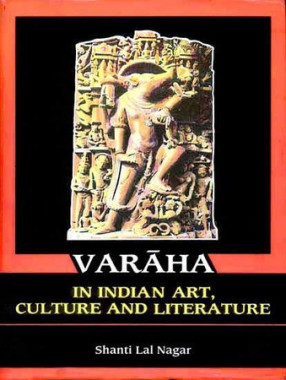
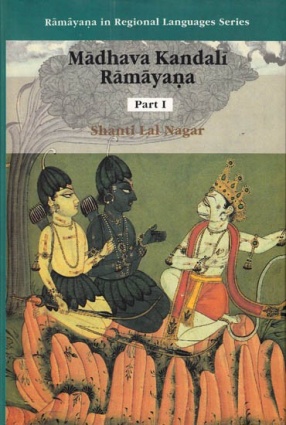
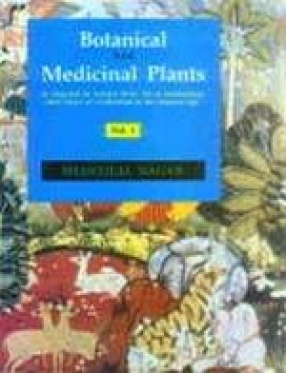
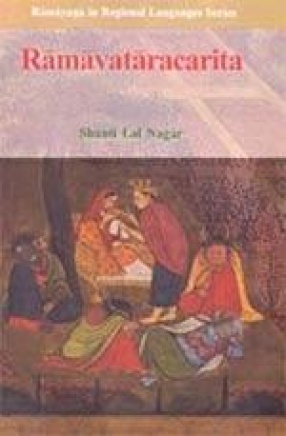
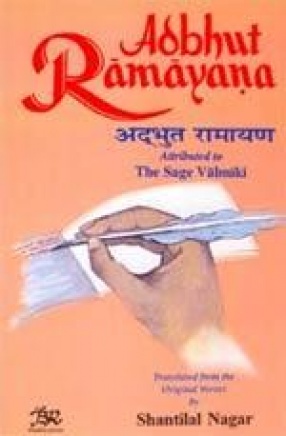
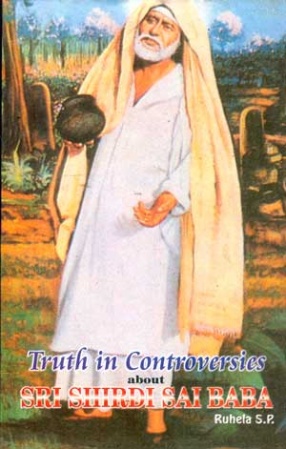


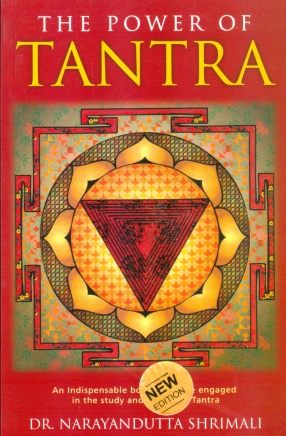

Bibliographic information